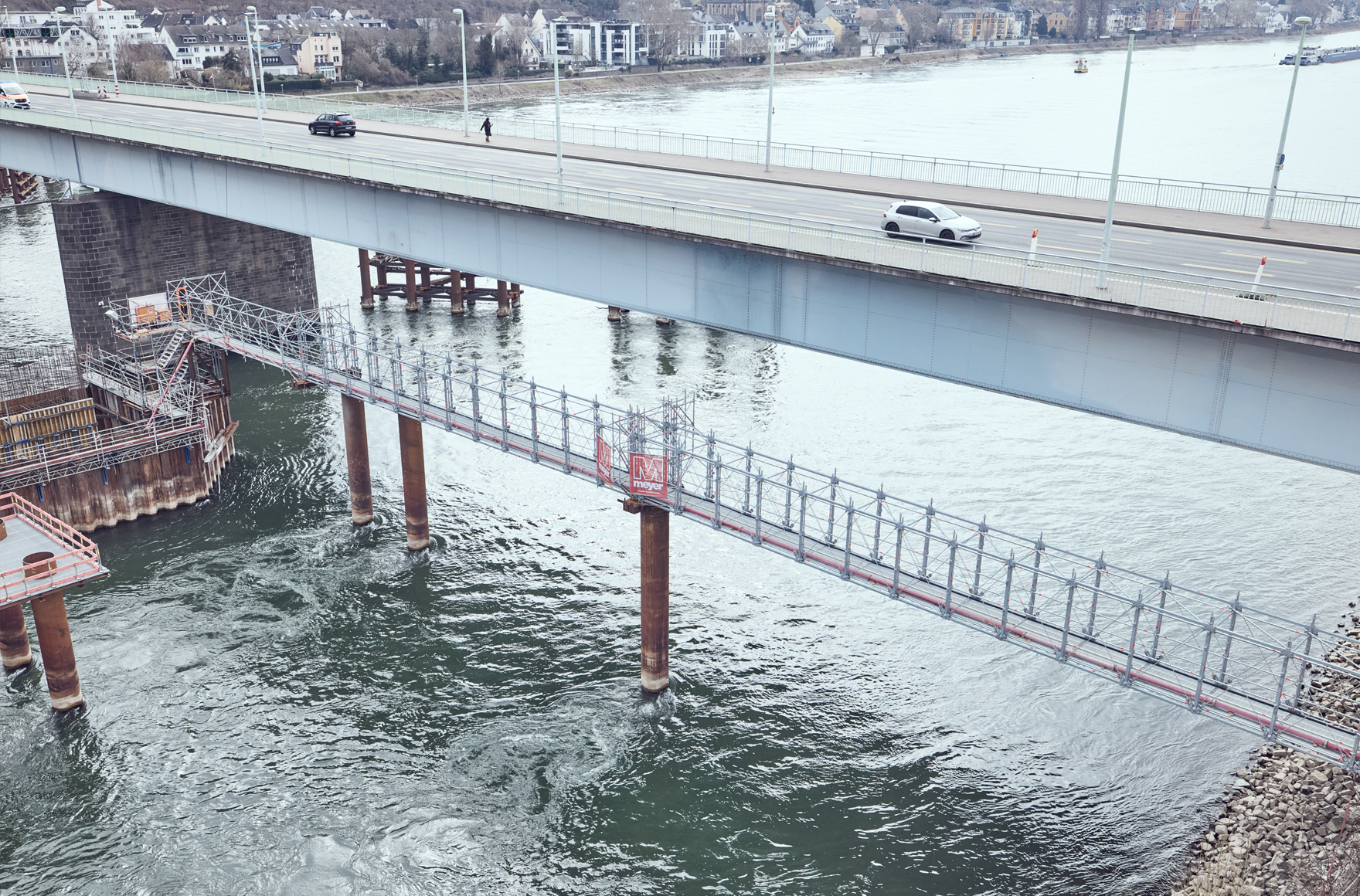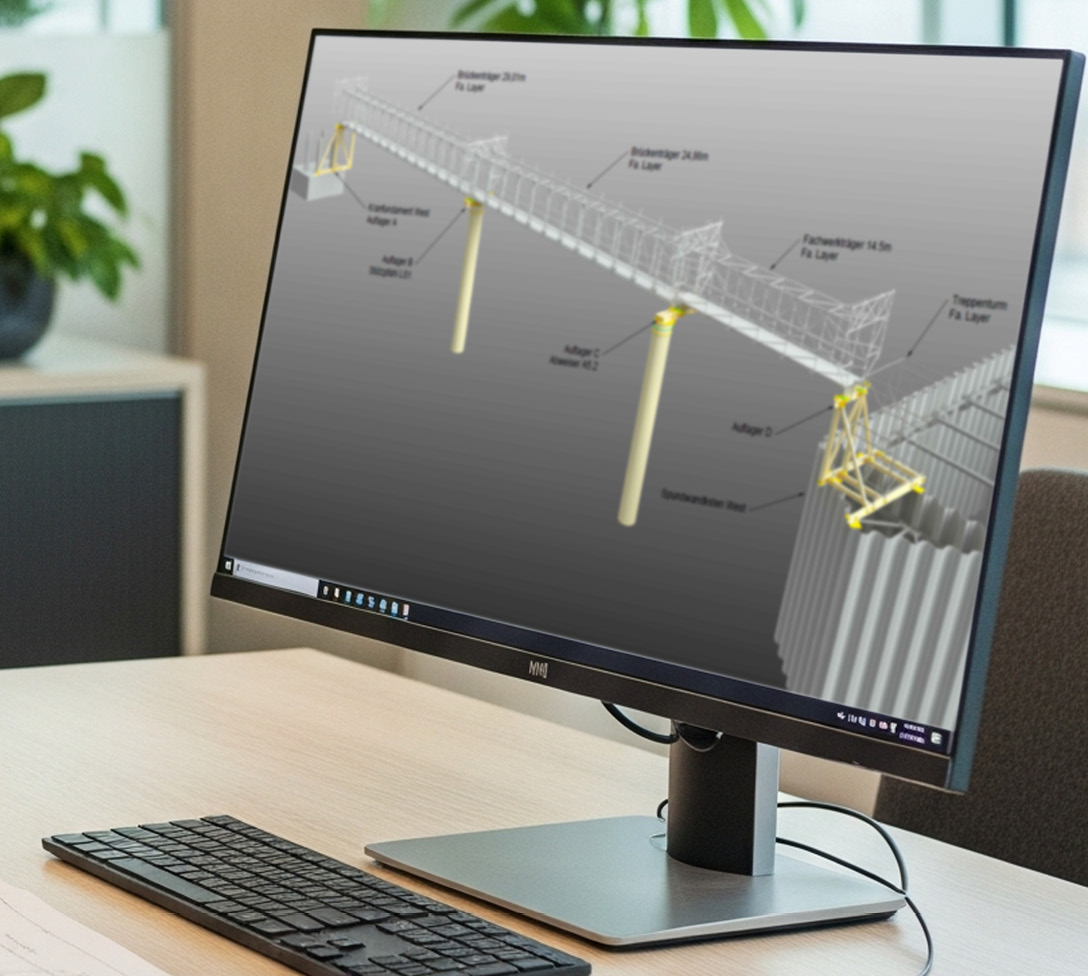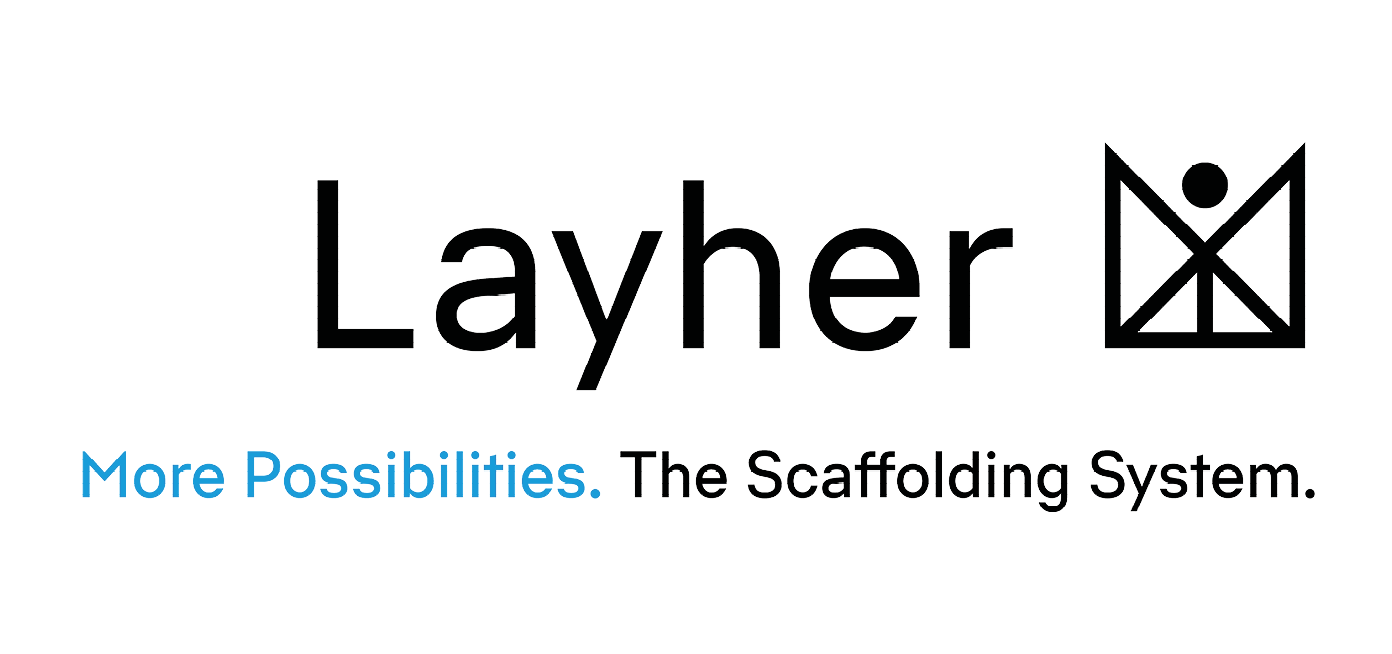Site Seeing 215 | 2025

Instead of delivery by water as is usual in hydraulic engineering, a temporary scaffolding walkway, made using the Allround Bridging System and the Allround FW System, was used to improve on-site efficiency during construction of the Pfaffendorf Bridge in Koblenz, Germany. The high load-bearing capacity, plus rapid assembly using lightweight individual components, enabled Teupe’s scaffolding professionals to build the scaffolding structure for the construction company Fritz Meyer economically – using just two central supports. This structure is now used to provide access to the sheet pile boxes for the foundations and concrete bridge piers in the bed of the river Rhine – and an escape route. Faster working, more flexible work sequences, optimised logistics and more safety at the site were the positive results for the project manager.
- Temporary scaffolding walkway using the high-strength beam solutions Allround Bridging System and Allround FW System. Thanks to self-supporting spans of between 15 and 30 metres, only two central supports were needed in the river bed.
- Using lightweight and compact parts enabled the three individual structures to be quickly pre-assembled on the river bank and then simply lifted into place by crane.
- In the course of preliminary planning in 3D, there was close consultation between the construction company, Layher’s applications engineers and the engineering company. Following that, 3D scaffolding planning permitted the creation of dependable material lists at the push of a button while making assembly easier – the scaffolding’s digital twin could be viewed in detail from all sides at the site itself.
Layher solutions in a smart combination: to minimise the number of central supports needed, the individual walkway sections had to have a long self-supporting span. The three-part structure used both the Allround FW System and the Allround Bridging System for spans of up to 30 metres.
The lightweight and compact parts were pre-assembled manually on the river bank and then simply lifted into place by crane.

The scaffolding structure was planned in advance in 3D. That allowed close consultation about the structure between the construction company Meyer, the engineering company Schumacher and the Layher applications engineers using the digital scaffolding twin.

